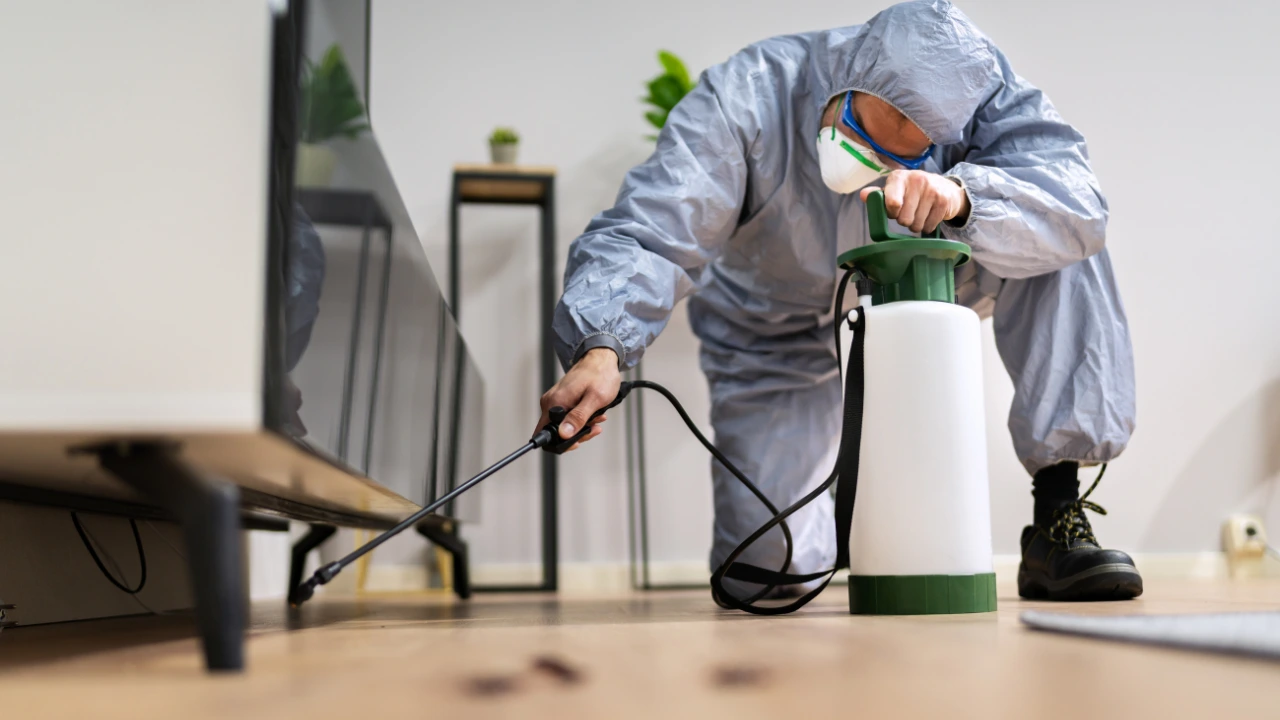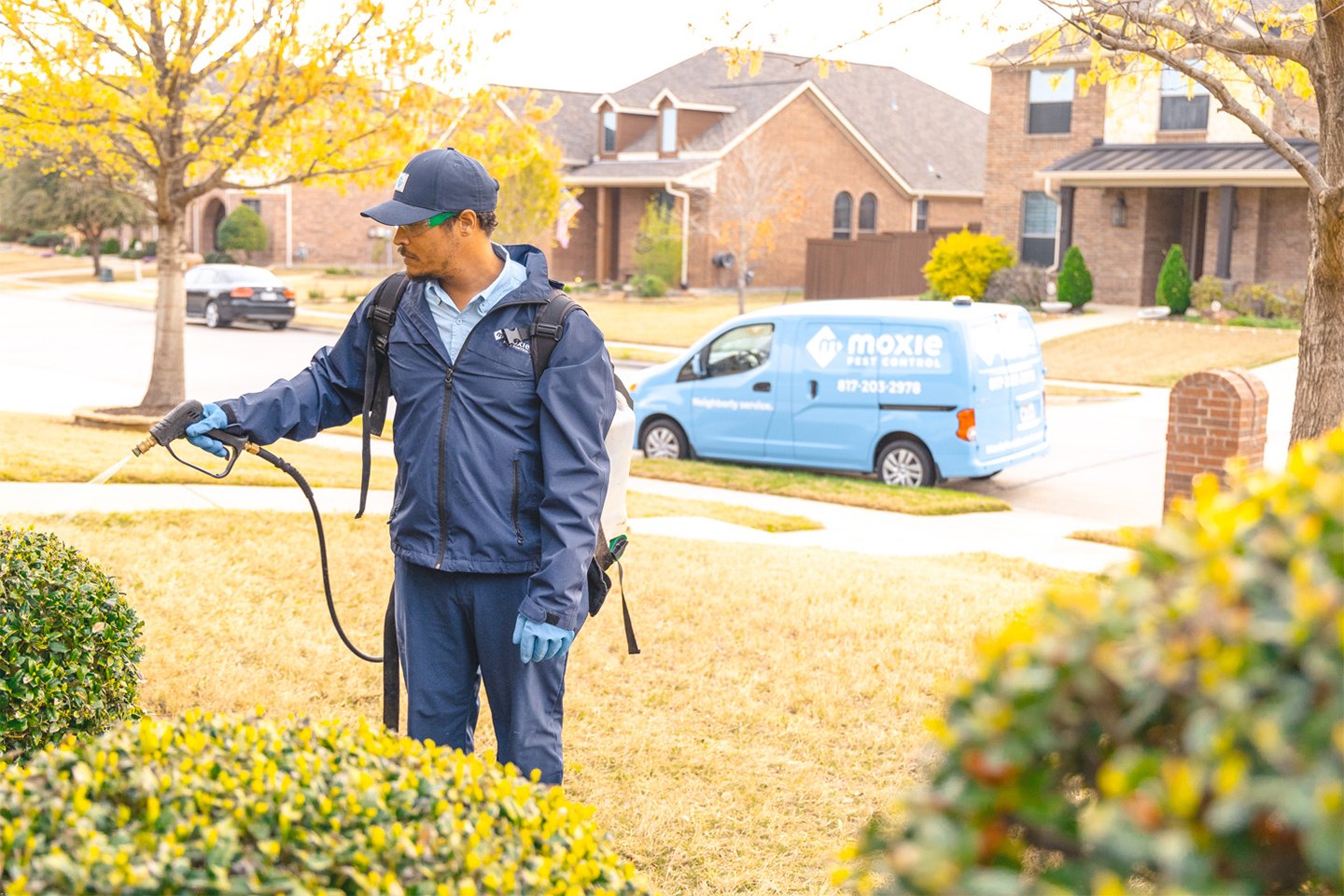Pest Control Homestead FAQs: Your Questions Answered
Wiki Article
Bug Control 101: Identifying Common Pests and Their Effective Therapies
Parasite control is an essential element of maintaining a healthy and balanced living environment. Usual bugs like ants, rodents, and various pests can present substantial obstacles. Understanding their habits and indications of infestation is vital for efficient monitoring. While chemical remedies exist, there are additionally all-natural options worth taking into consideration. As one discovers the nuances of parasite identification and therapy options, the relevance of avoidance techniques comes to be progressively obvious. What approaches can truly keep insects at bay?Determining Ants: Kinds and Their Habitats
Ants, small yet awesome pests, are a diverse team that can be found in different settings across the globe. There are over 12,000 determined varieties, each displaying distinct habits and adaptations. Usual types include the black garden ant, which flourishes in warm locations, and the fire ant, understood for its agonizing sting, prevalent in warmer regions. Carpenter ants favor moist timber, making them a problem for home owners, while fragrant house ants are brought in to human food resources.Ants create detailed nests, often underground, in timber, or within frameworks. Their habitats vary from woodlands to metropolitan settings, showcasing their adaptability. Most varieties are social, residing in colonies that can differ in dimension from a few loads to millions. Determining the sort of ant is necessary for effective bug monitoring, as each types has various nesting behaviors and foraging actions that influence control approaches. Comprehending their environments help in prevention and treatment efforts.
Recognizing Rats: Signs of Infestation
Rats, like ants, can present considerable obstacles for property owners and services alike. Recognizing indicators of an infestation is important for effective pest control. Usual indicators consist of droppings, which are typically found near food resources or nesting areas; tiny, dark pellets that can be mistaken for seeds. Chewed cords, furnishings, or packaging might also signal a rodent visibility, as they continually munch to keep their teeth convenient. In addition, home owners might discover gnaw marks on walls or baseboards. Unpleasant smells, stemming from pee and droppings, can indicate a larger trouble. Scratching or scampering noises, specifically during the night, are one more indication of rodents. Ultimately, the visibility of nests, usually composed of shredded materials like paper or textile, can verify an invasion. Addressing these indicators immediately can help mitigate damage and protect against the spread of conditions related to rodents.Typical Insect Vermin: From Aphids to Termites
Bugs stand for a varied group of insects that can create mayhem in homes and gardens, with types varying from small aphids to harmful termites. Aphids are little, sap-sucking bugs that can swiftly infest plants, causing stunted growth and distortion. They typically draw in ants, which shield them from all-natural killers. On the various other end of the spectrum, termites are infamous for causing significant architectural damage to wooden frameworks. They take in cellulose found in wood, jeopardizing the stability of homes and structures. Other typical bug parasites consist of cockroaches, which flourish in unsanitary conditions, and bedbugs, known for their bites and difficulty in elimination. Flies, particularly houseflies, can contaminate food and send conditions, while insects present wellness more info risks through their bites. Effective bug monitoring begins with recognizing these pests and recognizing their behaviors, which is essential for shielding and protecting against problems both home and wellness.
Efficient Treatments: Chemical and Natural Solutions
While home owners commonly seek instant remedy for insect invasions, picking the best treatment-- whether chemical or natural-- needs mindful factor to consider of performance and safety and security. Chemical options, such as insecticides and pesticides, can give fast outcomes however frequently carry threats, including possible injury to environmental issues and non-target types. Home owners have to review labels, comply with application standards, and consider the timing of therapies to minimize threats.On the other hand, all-natural options, such as diatomaceous planet, crucial oils, or homemade traps, attract those seeking environmentally friendly options. Although they might take longer to reveal outcomes, many all-natural therapies are safer for houses with pet dogs and children - Pest Control Homestead. Integrated insect monitoring, which incorporates both chemical and all-natural techniques, can additionally be effective. Eventually, the choice between these treatment types should line up with the intensity of the invasion, individual worths pertaining to security, and the specific parasite being targeted
Prevention Methods: Keeping Your Home Pest-Free

Furthermore, appropriate landscape design can deter pests; maintaining bushes trimmed and getting rid of debris from the lawn lessens hiding places. Home owners need to additionally consider moisture control, as many insects grow in wet problems. Repairing leaks and ensuring correct drain can reduce this risk. Lastly, employing all-natural deterrents, such as important oils or diatomaceous planet, can develop an unfavorable setting for parasites. By executing these strategies, people can produce a pest-free home and lower the likelihood of future infestations.
Often Asked Inquiries
Just how Do I Know if I Have a Pest Trouble?
Signs of a pest trouble include droppings, nibble marks, nests, or unusual noises. Observing damaged food or home, as well as unexplained attacks or rashes, might also suggest the existence of pests in the atmosphere.
Exist Any Seasonal Insect Trends to Be Familiar with?

Can Indoor Plants Draw In Pests?
Indoor plants can indeed draw in parasites, as they give a suitable setting for bugs like aphids and crawler mites. Pest Control Homestead. Correct care and normal assessment are vital to keep and prevent invasions plant wellnessWhat Are the Wellness Dangers Connected With Insect Infestations?
Parasite infestations present numerous health and wellness risks, consisting of allergies, breathing problems, and the spread of diseases. Exposure to insects like rats and pests can cause infections, attacks, and contamination of food and living environments.Just how Commonly Should I Evaluate My Home for Parasites?
Routine examinations should happen at least as soon as every period, making certain any signs of parasite task are identified early. Homeowners may adjust frequency based on their particular environment and previous pest concerns. Uniformity is crucial.Usual parasites like ants, rats, and various insects can present substantial obstacles. Determining the kind of ant is essential for efficient bug management, as each species has different nesting behaviors and foraging behaviors that influence control methods. While home owners commonly look for prompt alleviation from insect infestations, picking the ideal therapy-- whether chemical or natural-- requires mindful factor to consider of effectiveness and safety. Efficient pest control expands beyond instant therapies; it also entails aggressive procedures to prevent problems prior to they begin. Seasonal pest patterns frequently consist of increased rodent activity in fall as they look for warmth, while springtime normally brings an influx of ants and termites.
Report this wiki page